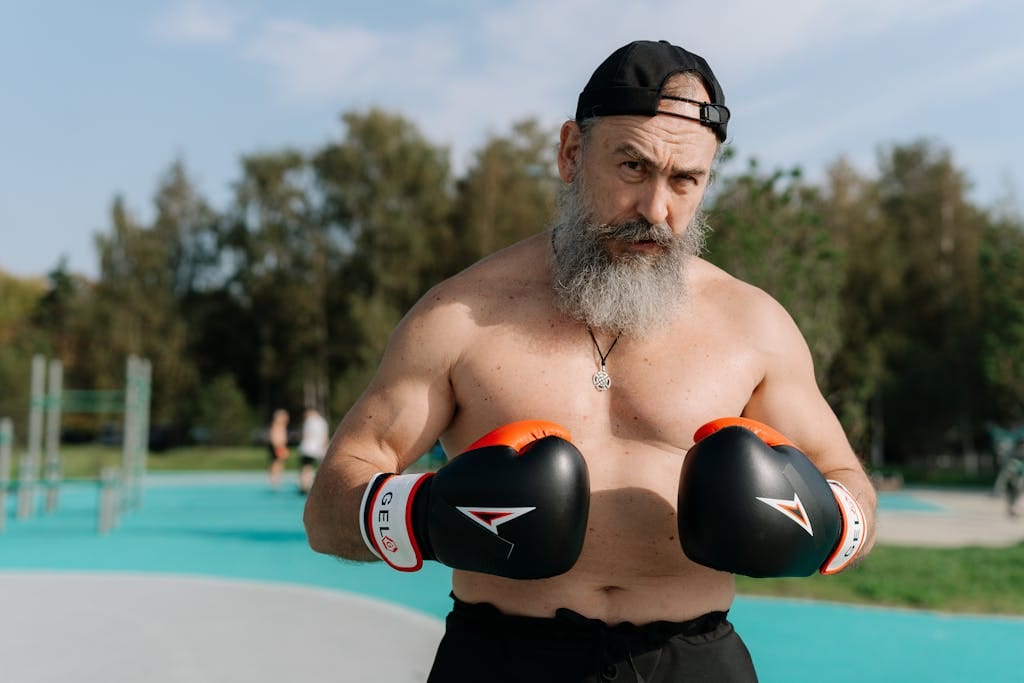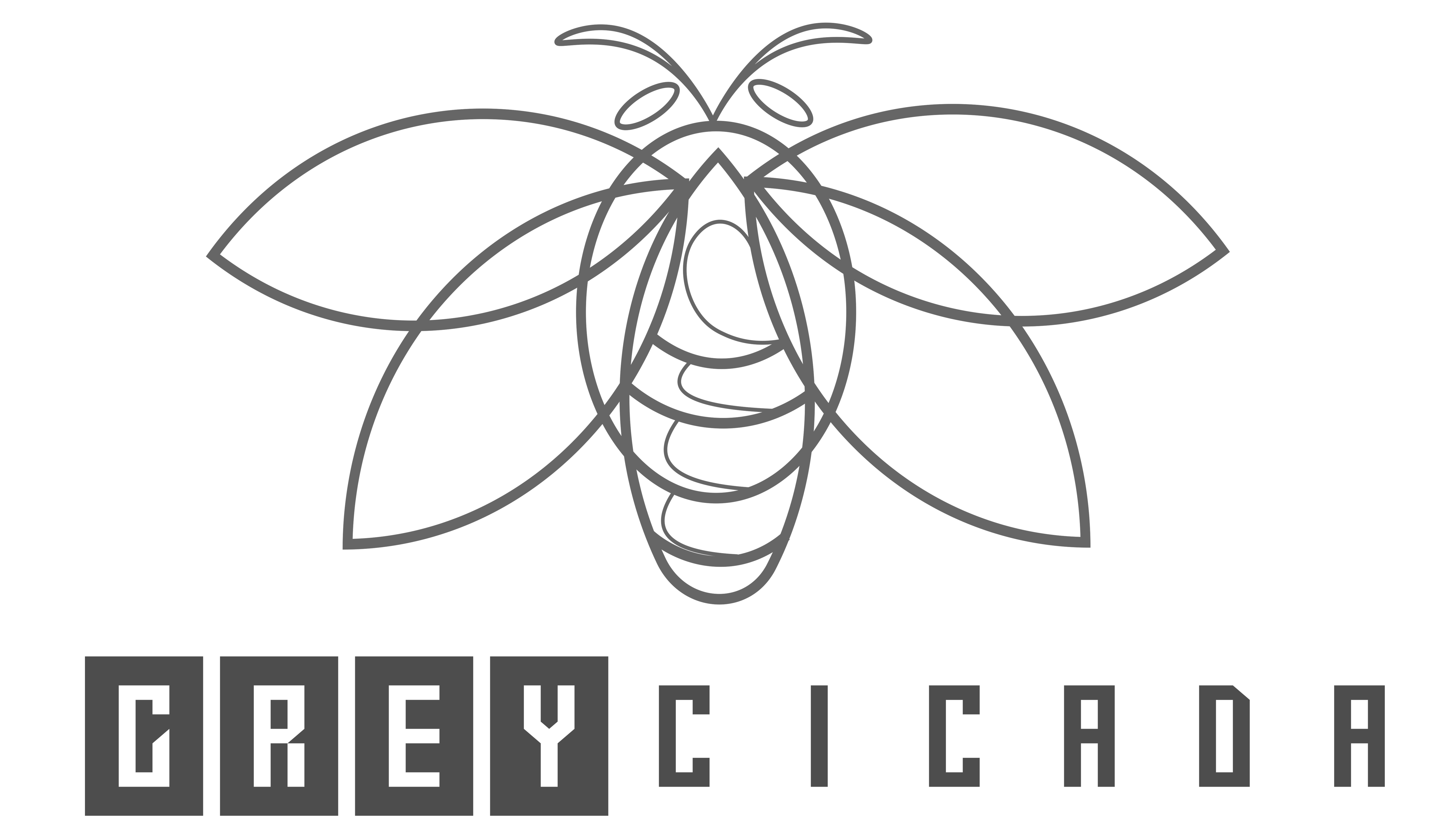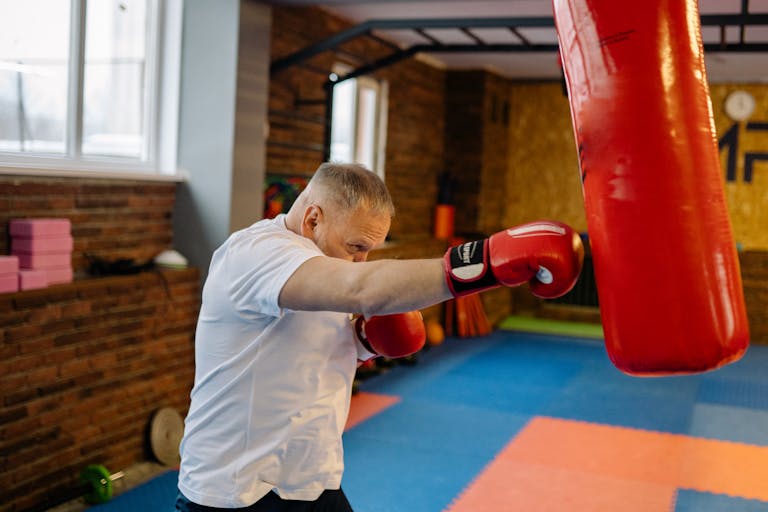FREE SHIPPING OVER $50
This Workout Protocol Reverses Cellular Aging—Here’s How It Targets All 9 Pathways

We all have a deep-seated desire to slow down the clock. We want to feel the same energy, strength, and vitality we had in our youth, but for a long time, we thought aging was an inevitable and irreversible decline. The truth is, modern science is proving that thought wrong.
A revolutionary workout protocol, built on decades of research, is now showing its incredible power to not just slow, but actively reverse the process of cellular aging. This isn’t a fitness trend or a gimmick; it’s a scientific approach that directly targets the nine fundamental pathways that cause our cells to break down over time. This article will show you exactly what this protocol is and how it activates a biological cascade that makes you look and feel younger from the inside out.
The 9 Hallmarks of Cellular Aging
For decades, scientists have studied the aging process, and their research has led them to identify nine key hallmarks, or pathways, that contribute to cellular decay and physical decline. Think of them as the nine different ways your body starts to break down. To truly reverse aging, you must address all nine of them.
- Genomic Instability: This refers to the gradual accumulation of damage to your DNA. Over time, factors like oxidative stress and UV radiation cause your DNA to mutate, which can lead to disease and malfunction.
- Telomere Attrition: Telomeres are the protective caps at the end of your chromosomes. Each time a cell divides, a small piece of the telomere is lost. When the telomeres become too short, the cell can no longer divide and becomes old or “senescent.”
- Epigenetic Alterations: These are changes to the way your DNA is “read” by your body without altering the DNA sequence itself. As you age, your epigenome can get scrambled, causing genes to be turned on or off at the wrong times.
- Loss of Proteostasis: Proteostasis is your body’s ability to maintain a healthy balance of proteins. As you age, this system becomes less efficient, leading to a buildup of misfolded or damaged proteins, which can cause diseases like Alzheimer’s.
- Deregulated Nutrient-Sensing: This is your body’s ability to properly respond to nutrients. As you age, your cells become less sensitive to insulin and other nutrients, leading to a state of chronic inflammation and metabolic dysfunction.
- Mitochondrial Dysfunction: Mitochondria are the powerhouses of your cells. They generate the energy your body needs to function. Over time, they become less efficient and produce more damaging byproducts, leading to a slow drain on your energy levels.
- Cellular Senescence: These are “zombie cells” that have stopped dividing but refuse to die. They accumulate in your tissues and release inflammatory compounds that damage the surrounding healthy cells, accelerating the aging process.
- Stem Cell Exhaustion: Your body’s ability to regenerate and repair itself depends on its stem cells. As you age, your stem cells become less effective and less numerous, leading to a decline in tissue repair and overall function.
- Altered Intercellular Communication: This refers to the breakdown of communication between your cells. As signals become distorted, your cells can no longer coordinate properly, leading to systemic dysfunction.
The Anti-Aging Workout Protocol: A Three-Part Plan
To combat these nine pathways, a comprehensive approach is required. A single exercise modality is not enough. The most effective workout protocol for cellular longevity combines three key components: resistance training, aerobic exercise, and high-intensity interval training (HIIT).
- Part 1: The Foundation – Aerobic Exercise Consistent, moderate-intensity aerobic exercise is the baseline of any longevity plan. This includes activities like brisk walking, jogging, cycling, or swimming. This type of exercise strengthens your cardiovascular system and improves blood flow, delivering essential oxygen and nutrients to your cells.
- Part 2: The Core – Resistance Training Strength training is non-negotiable for anyone serious about anti-aging. The primary reason is its powerful effect on muscle mass. As you age, you naturally lose muscle—a condition called sarcopenia—which is a major driver of physical decline. Strength training is the only way to effectively reverse this process.
- Part 3: The Accelerator – High-Intensity Interval Training (HIIT) HIIT involves short bursts of intense exercise followed by brief recovery periods. This type of workout creates a powerful stress response in the body, which, when followed by recovery, triggers an incredible cascade of beneficial anti-aging adaptations at the cellular level.
How This Protocol Targets All 9 Pathways
Now, let’s connect the dots and see exactly how each component of this protocol works to combat the nine hallmarks of aging.
1. Genomic Instability
Exercise is a master at reducing oxidative stress, a key cause of DNA damage. Aerobic exercise improves circulation, which helps your body more efficiently flush out harmful free radicals. Over time, consistent exercise enhances your body’s natural antioxidant defenses, protecting your DNA from within.
2. Telomere Attrition
Research shows a clear link between exercise and telomere length. While the direct mechanism is complex, scientists believe that regular exercise helps preserve telomeres by reducing oxidative stress and inflammation, which are known to accelerate telomere shortening. High-intensity exercise is also shown to increase the activity of telomerase, the enzyme that helps maintain and repair telomeres.
3. Epigenetic Alterations
Both aerobic exercise and HIIT can lead to positive epigenetic changes. Studies have shown that a consistent workout routine can activate certain genes that are beneficial for health and deactivate others that are associated with disease. This essentially helps to reset your body’s genetic “switches” to a more youthful state.
4. Loss of Proteostasis
This is where resistance training truly shines. When you lift weights or perform bodyweight exercises, you create microscopic tears in your muscle fibers. Your body then has to repair these tears and build stronger proteins to make the muscles stronger. This process of protein synthesis keeps your body’s protein-building machinery running smoothly and helps to clear out old, dysfunctional proteins.
5. Deregulated Nutrient-Sensing
Exercise is one of the most powerful tools for improving insulin sensitivity. Both aerobic exercise and strength training make your muscle cells more responsive to insulin, allowing them to absorb glucose more efficiently. This prevents blood sugar spikes and reduces the systemic inflammation that contributes to aging.
6. Mitochondrial Dysfunction
Mitochondria are the true engines of longevity, and exercise is the key to keeping them running smoothly. Aerobic exercise directly stimulates the creation of new mitochondria (mitochondrial biogenesis) and improves their function. HIIT is particularly effective at this, as its high-intensity nature signals your cells to rapidly produce more mitochondria to meet the increased energy demand.
7. Cellular Senescence
Your body’s ability to get rid of senescent or “zombie cells” decreases with age. These lingering cells release harmful inflammatory signals that contribute to chronic disease. HIIT has been shown to activate the immune system and a process called autophagy, which helps your body identify and clear out these old, dysfunctional cells.
8. Stem Cell Exhaustion
Resistance training is a direct way to activate your muscle stem cells, which are essential for repairing and regenerating muscle tissue. By consistently challenging your muscles, you are sending a signal to your body to keep your stem cells active and ready to perform their vital repair work.
9. Altered Intercellular Communication
All forms of exercise improve the body’s entire communication network. The reduction of systemic inflammation and the improvement of blood flow allow your cells to “talk” to each other more effectively. This better communication ensures that your tissues and organs are working together in harmony, just as they did when you were younger.
Building Your Longevity Workout Routine
The most powerful aspect of this protocol is its synergistic effect. Each component works together to create a cumulative anti-aging benefit that is far greater than the sum of its parts. Here is a simple way to structure a weekly routine to get all the benefits:
- 2 Days of Resistance Training: Focus on full-body strength training. Perform compound exercises like squats, push-ups, rows, and lunges. Use weights or resistance bands to challenge yourself.
- 2-3 Days of Aerobic Exercise: Engage in a minimum of 30 minutes of moderate-intensity aerobic exercise. This could be a brisk walk, a jog, or a bike ride. The key is to get your heart rate up and sustain it.
- 1-2 Days of HIIT: Integrate a HIIT session. This could be as simple as sprinting for 30 seconds followed by 90 seconds of walking, repeated for 10-15 minutes.
The Final Word: The Power of Movement
The journey to reversing cellular aging doesn’t require a miracle pill or an expensive clinic. It begins with the fundamental human act of movement. By consistently and intentionally engaging in a workout protocol that combines aerobic exercise, strength training, and HIIT, you are not just building muscle or losing weight—you are actively targeting the root causes of cellular decline. This simple, science-backed prescription is the key to unlocking a longer, healthier, and more vibrant life, one workout at a time.
Related Articles
- Doctors Are Stunned: These 15 Mobility Tricks Have Seniors Moving Like They’re 30 Again
- 10 Exercises That Could Be Dangerous After 60—Most People Still Do #7
- Can’t Sit Cross-Legged? Try These Trainer-Approved Standing Hip Stretches
- Transform Your Body After 50: Top Exercise Habits Revealed
- Defy Age: 13 Surprising Tips Making 60-Year-Olds Stronger Than Millennials



